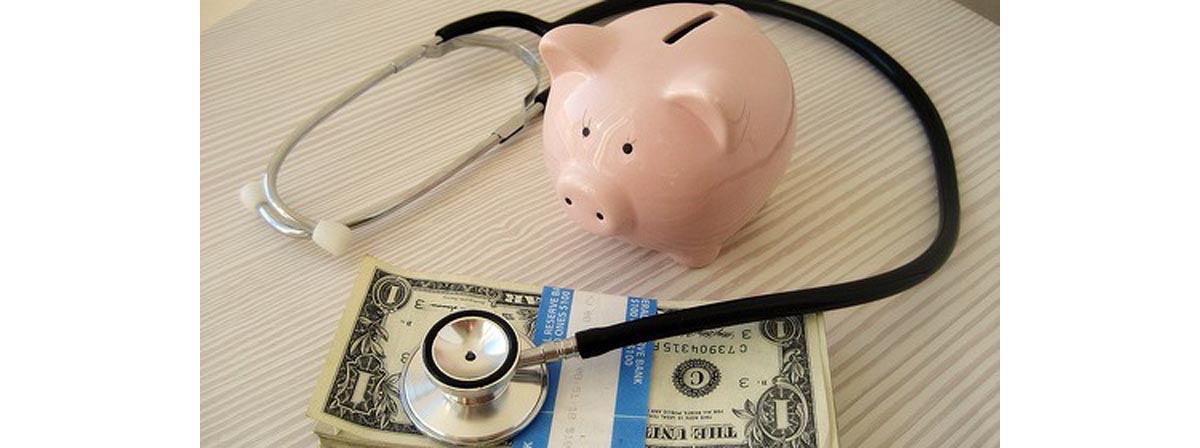Table of Contents
It is important to understand that tax credits may have to be repaid. The system is not set up to check your statements about your income now. That won't happen until you file your taxes for 2014, sometime in 2015.

If your income was higher than you said it would be on your health insurance application, and you were granted a credit against your healthcare premium costs, then you may have to repay all or part of that credit in 2015--but only if you had unexpectedly high income.
There is a legal way to get the tax credit now without risk of having to pay it back later. You will have an option to qualify for the credit on the basis of either your 2013 income, which you should be able to accurately estimate by now, or on the basis of your estimated 2014 income.
If you have income too high to qualify for the income tax credit now, but you expect your income to go down next year, then just estimate what your income will be next year and file on the basis of your 2014 income, and if it's lower, you won't have to pay back the tax credit, which can be over $5,000.
When Silver Shines Brighter
The tax credit against premiums, however, is only one of the benefits promised by the Affordable Care Act. It's also possible to get help with paying deductibles, but only if you sign up for the Silver plan.
However, if you are a single person who earns less than about $27,000 per year, or if your family of four earns up to about $55,000 (there are also calculations for other income levels), then you may get help in pay your deductibles, so your out of pocket expenses are lower. In addition to getting a credit to pay for the premiums, you will also have lower copays and lower out of pocket costs-- and this cost break does not have to be reported to the IRS and will not have to be paid back.
Help with Deductibles Also Tied to Income
You don't have to pay the deductible to get a discount on a doctor visit ($30 for primary care, $45 for a specialist), for lab work, or emergency room treatment. You do have a deductible for hospitalization, out-patient procedures, and non-generic drugs. Individuals can pay as much $6,250 per year for their health care, in addition to what they pay for premiums, and families up to $12,500. That's also the case with other policies.
However, if you earn no more than 2-1/2 times the federal poverty level (about $27,000 for an individual, about $55,000 for a family of four), then you may qualify for a special Silver plan that pays 73%, 87%, or 94% of your medical and pharmacy expenses, instead of just 70%. You may still have liabilities of up to $6,250 (individual) or $12,500 per year (family), but you will pay much less along the way if you qualify for these special policies.
If you got a big enough tax credit to pay for a Gold plan, you would have deductibles of either $1150 (individual) or $1300 (family) per year you would have to pay on your own, so the Silver plan may be a better deal for you.
Make sure you check costs and benefits before you choose your plan.
- Andrews, Michelle. In addition to premium credits, Obamacare helps some pay deductibles and co-pays. Kaiser Health News. 11 July 2013. http://www.khi.org/news/2013/jul/11/addition-premium-credits-obamacare-helps-some-pay-/. Accessed 15 October 2013.
- Photo courtesy of Nancy Pelosi by Flickr : www.flickr.com/photos/11461909@N06/4458512106
- Photo courtesy of 401(K) 2012 by Flickr : www.flickr.com/photos/68751915@N05/6793824321


Your thoughts on this